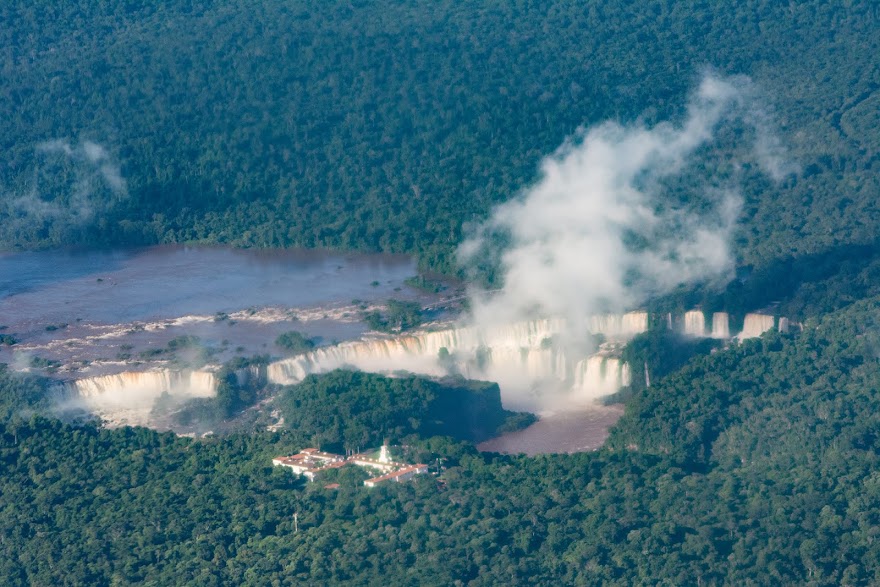"I am
Mapuche," the young woman in the gift shop at the Regional Museum of the
Araucanía in Temuco, Chile, said. "But our children are taught in school
that we are Araucanía. But we are Mapuche." She was responding to my query
about the two words and confirmed my impression that "Araucanía" is
an imposition of the conquerors.
Temuco is a
seven-hour drive south of Santiago on Route 5 and sits at the northern end of
Chile's Lake Country, which extends south to Puerto Montt, another five hours to
the south. The Mapuche dominated central Chile for millennia before the Spanish
arrived and they extend into western Temuco Argentina, especially in the
province of Neuquen.
Route 5 is
a limited access highway that begins at the Peruvian border a few kilometres
north of Arica and ends on Chiloé Island south of Puerto Montt. The land, which
is desert until south of Valparaiso, becomes increasingly green and vineyards
spread into the distance.
Temuco,
today's centre of Mapuche culture. The museum is housed in a 19th century
mansion, that tells the story of the Mapuche and explains their culture,
spiritual beliefs, and practices. Archaeological artifacts recovered from digs throughout
the area reveal that the Mapuche were--and are--gifted artisans and skilled
craftsmen.
Finely
crafted silver jewelry is accompanied by explanations of its significance and meaning.
The largest artifact is a hand-hewn wooden canoe six meters long. One section
is devoted to the Spaniards, who arrived in the 1530s, changed Mapuche life
forever, and gave them a more Spanish-sounding name: the Araucanía.
An ad for a
Mapuche cultural fair in Pucón had us heading southeast toward Villa Rica, a
large town on the shore of Lake Villa Rica and dominated by the Villa Rica
volcano, which is visible for many kilometers before arriving. The volcano erupted in March 2015, sending the inhabitants of Pucón fleeing. Today it once again sleeps--for another 10-15 years.
 |
| 5m-long single-log canoe. |
Villa Rica is a
tourist town with a long beach on the lake shore and many restaurants. As we entered town, people were standing on
the road side with hand-lettered signs: "Cabaña", "casita",
"apartments" for rent. Clearly, AirBnB has room for growth in these
parts!
Pucón sits
at the eastern end of Lake Villa Rica. It is much smaller and was overrun with
tourists on this summer weekend. Our destination, however, was the Mapuche
fair, six km. out of town on the "road to the volcano." The site has permanent
shops and kiosks but the fair was a short walk behind them.
 Mapuche
music boomed from amps and two young men in traditional dress were giving an
explanation of the symbolism in the Mapuche flag. To the left was an area where
individuals could try their hand at wood carving, a classic skill and next to
this area was a row of kiosks selling Mapuche handcrafts. At the opposite end of thee area were tables,
benches, and more kiosks selling beverages and food. Mean and chicken were grilling on open fires;
David commented that, in North America, local health inspectors would have severely
raised eye brows over this.
Mapuche
music boomed from amps and two young men in traditional dress were giving an
explanation of the symbolism in the Mapuche flag. To the left was an area where
individuals could try their hand at wood carving, a classic skill and next to
this area was a row of kiosks selling Mapuche handcrafts. At the opposite end of thee area were tables,
benches, and more kiosks selling beverages and food. Mean and chicken were grilling on open fires;
David commented that, in North America, local health inspectors would have severely
raised eye brows over this.






No comments:
Post a Comment